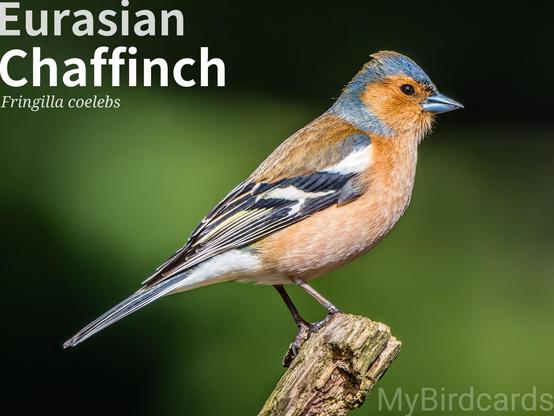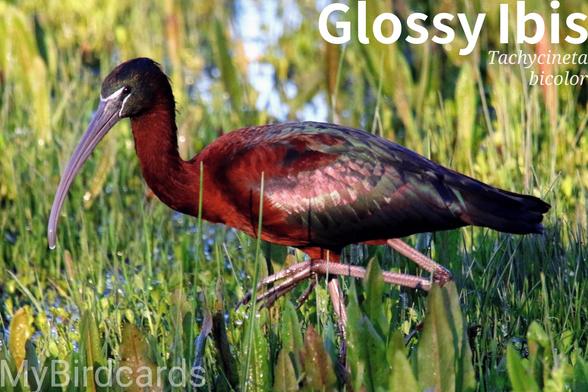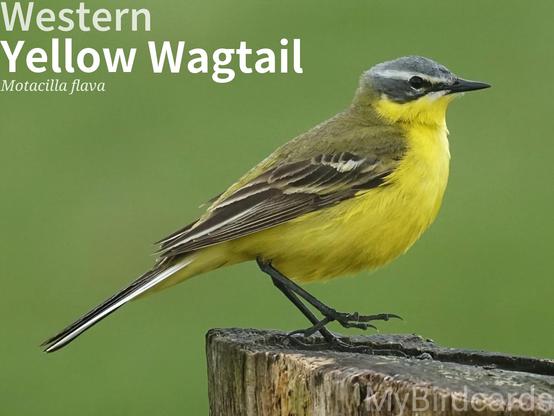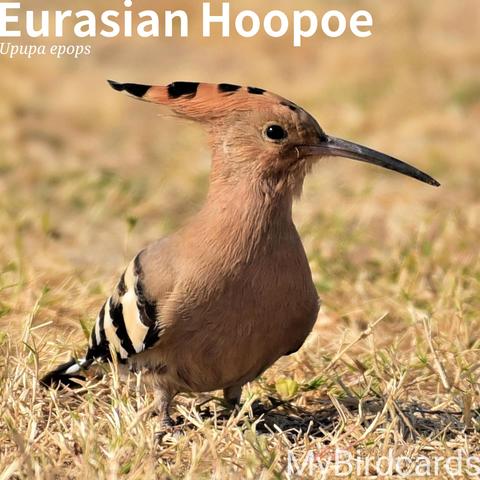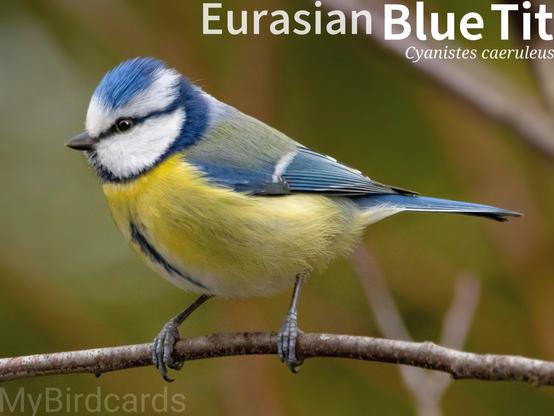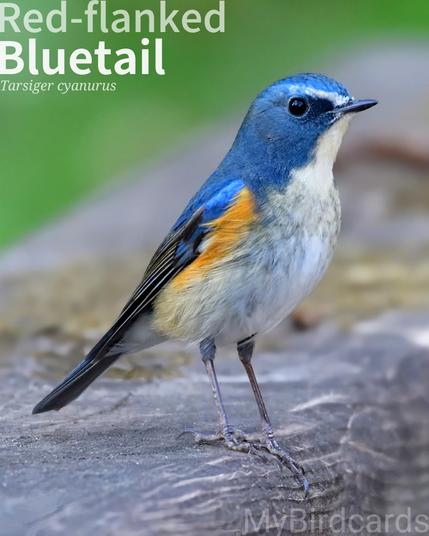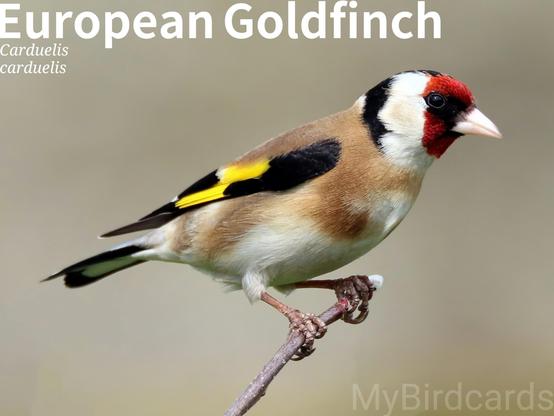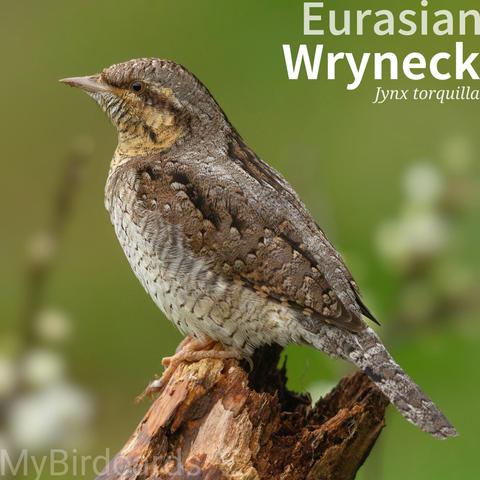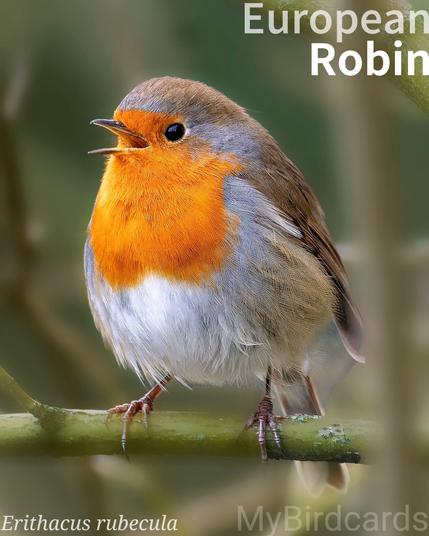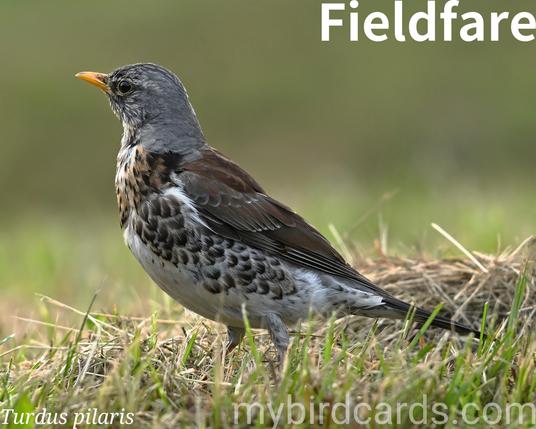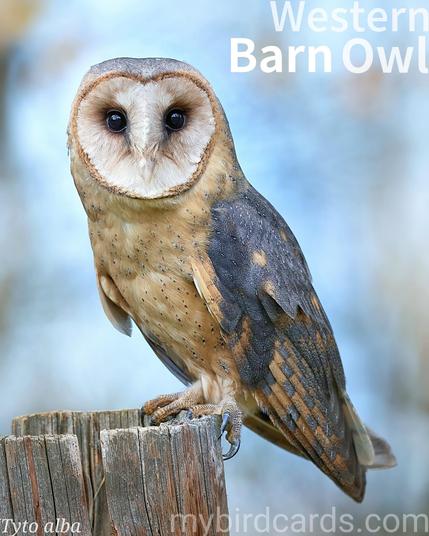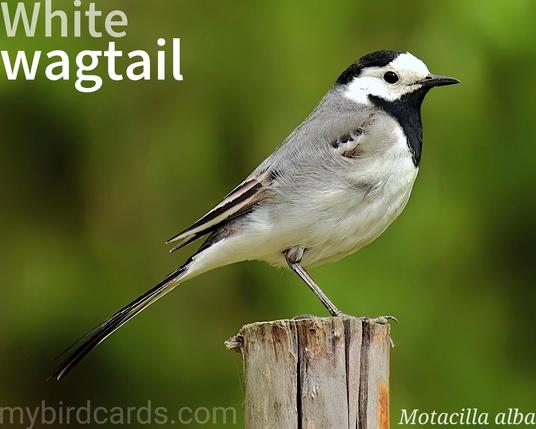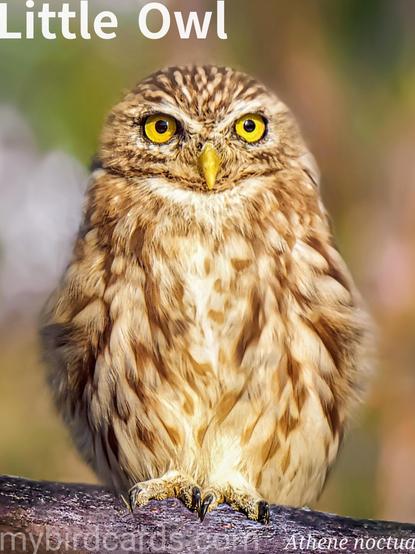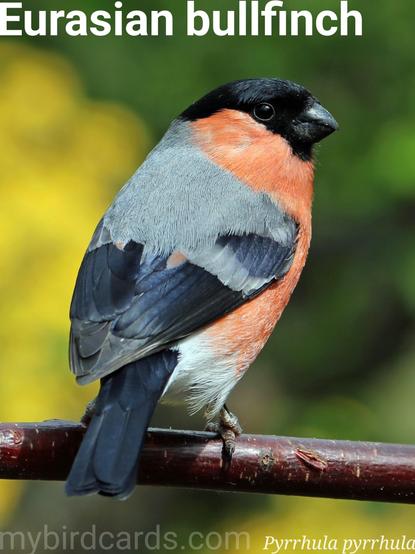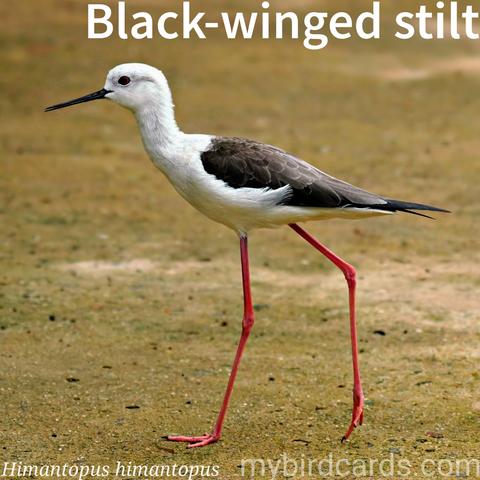🌍🌏 Eurasian Chaffinch (Fringilla coelebs) #EurasianBirds #EuropeanBirds #AsianBirds #AfricanBirds | #EurasianChaffinch #CommonChaffinch #Chaffinch #FringillaCoelebs | #Chaffinches #TrueFinches #OldWorldFinches #Finches #PerchingBirds 📷: Photo by Drosera74🦉 #MyBirdcards | #birdsoftheworld #birds ❤️🦜
#EuropeanBirds
🌍🌏🌎 Glossy Ibis (Plegadis falcinellus) #CosmopolitanBirds #EurasianBirds #EuropeanBirds #AsianBirds #AfricanBirds #NorthAmericanBirds #SouthAmericanBirds | #GlossyIbis #PlegadisFalcinellus | #Ibises #IbisFamily #WadingBirds #Waterbirds 📷: Photo by BarbeeAnne🦉 #MyBirdcards | #birdsoftheworld #birds ❤️🦜
🌍 Western Yellow Wagtail (Motacilla flava) #EurasianBirds #EuropeanBirds #AsianBirds #AfricanBirds | #WesternYellowWagtail #YellowWagtail #MotacillaFlava | #Wagtails #WagtailFamily #PerchingBirds 📷: Photo by Karsten Madsen ❤️🦜 #MyBirdcards | #birdsoftheworld #birds
🌍🌏 Eurasian Hoopoe (Upupa epops) #EurasianBirds #EuropeanBirds #AsianBirds #AfricanBirds | #EurasianHoopoe #UpupaEpops | #Hoopoes #HoopoeFamily #Bucerotiformes 📷: Photo by SajeevBhaskaran🦜 #MyBirdcards | #birdsoftheworld #birds
🌍 Eurasian Blue Tit (Cyanistes caeruleus) #EurasianBirds #EuropeanBirds #AsianBirds | #EurasianBlueTit #BlueTit #CyanistesCaeruleus | #BlueTits #Tits #TitFamily #PerchingBirds 📷: Photo by wzdigiphoto🦜 #MyBirdcards | #birdsoftheworld #birds
🌍🌏 Red-flanked Bluetail (Tarsiger cyanurus) #EurasianBirds #AsianBirds #EuropeanBirds | #RedFlankedBluetail #OrangeFlankedBushRobin #TarsigerCyanurus | #Bluetails #BushRobins #OldWorldFlycatcherFamily #Chats #PerchingBirds 📷: Photo by Takashi_Yanagisawa🦜 #MyBirdcards | #birdsoftheworld #birds
🌍 European Goldfinch (Carduelis carduelis) #EurasianBirds #EuropeanBirds #AsianBirds #AfricanBirds | #EuropeanGoldfinch #Goldfinch #CarduelisCarduelis | #Goldfinches #CarduelineFinches #TrueFinchFamily #Finches #PerchingBirds 📷: Photo by JacekBen🦜 #MyBirdcards | #birdsoftheworld #birds
New addition! 🌍🌏 Eurasian Wryneck (Jynx torquilla) #EurasianBirds #EuropeanBirds #AsianBirds #AfricanBirds | #EurasianWryneck #NorthernWryneck #JynxTorquilla | #Wrynecks #WoodpeckerFamily #Piciformes 📷: Photo by Luca_Cagnasso🦜 #MyBirdcards #birdsoftheworld #birds
🌍 European robin (Erithacus rubecula) #EurasianBirds #EuropeanBirds #AsianBirds #AfricanBirds | #EuropeanRobin #Robin #ErithacusRubecula | #Robins #Flycatchers #OldWorldFlycatcherFamily #PerchingBirds 📷: Photo by Gruendercoach🦜 #MyBirdcards #birdsoftheworld #birds
🌍 Western house martin (Delichon urbicum) #EuropeanBirds #AsianBirds #AfricanBirds | #WesternHouseMartin #CommonHouseMartin #NorthernHouseMartin | #Martins #HouseMartins #SwallowFamily #PerchingBirds 📷: Photo by Georg_Wietschorke🦜 #MyBirdcards #birdsoftheworld #birds
🌍🌏 Fieldfare (Turdus pilaris) #EurasianBirds #EuropeanBirds #AsianBirds #MiddleEasternBirds #AfricanBirds | #Fieldfare #TurdusPilaris | #Fieldfares #Thrushes #ThrushFamily #PerchingBirds 📷: Photo by leszekhus🦜 #birdsoftheworld #birds
🌍🌏 Common starling (Sturnus vulgaris) #EurasianBirds #EuropeanBirds #AsianBirds #AfricanBirds | #CommonStarling #EuropeanStarling #SturnusVulgaris | #Starlings #StarlingFamily #PerchingBirds 📷: Photo by TheOtherKev🦜 #birdsoftheworld #birds
🌍 European bee-eater (Merops apiaster) #EurasianBirds #EuropeanBirds #AsianBirds #AfricanBirds | #EuropeanBeeEater #MeropsApiaster | #BeeEaters #BeeEaterFamily 📷: Photo by makamuki0🦜 #birdsoftheworld #birds
🌍 Western barn owl (Tyto alba) #EuropeanBirds #AfricanBirds #AsianBirds | #WesternBarnOwl #BarnOwl #TytoAlba | #BarnOwls #Owls #BirdsOfPrey 📷: Photo by JensLPZ🦜 #birdsoftheworld #birds
🌍 European pied flycatcher (Ficedula hypoleuca) #EurasianBirds #EuropeanBirds #AsianBirds #AfricanBirds | #EuropeanPiedFlycatcher #PiedFlycatcher #FicedulaHypoleuca | #Flycatchers #OldWorldFlycatcherFamily #PerchingBirds 📷: Photo by jggrz🦜 #birdsoftheworld #birds
🌍🌏 White wagtail (Motacilla alba) #EurasianBirds #EuropeanBirds #AsianBirds #AfricanBirds | #WhiteWagtail #MotacillaAlba | #Wagtails #WagtailFamily #PerchingBirds 📷: Photo by IstvánKopeczny🦜 #birdsoftheworld #birds
🌍🌏 Little owl (Athene noctua) #EurasianBirds #EuropeanBirds #AsianBirds #AfricanBirds | #LittleOwl #OwlOfAthena #OwlOfMinerva #AtheneNoctua | #Owls #TrueOwlFamily #BirdsOfPrey 📷: Photo by Alpcem🦜 #birdsoftheworld #birds
🌍🌏 Eurasian bullfinch (Pyrrhula pyrrhula) #EurasianBirds #EuropeanBirds #AsianBirds | #EurasianBullfinch #CommonBullfinch #PyrrhulaPyrrhula | #Bullfinches #Carduelinefinches #Finches #TrueFinchFamily #PerchingBirds 📷: Photo by jLasWilson🦜 #birdsoftheworld #birds
🌍🌏 Black-winged stilt (Himantopus himantopus) #EurasianBirds #EuropeanBirds #AsianBirds #AfricanBirds | #BlackWingedStilt #CommonStilt #HimantopusHimantopus | #BlackWingedStilts #Stilts #AvocetFamily #WadingBirds #WaterBirds 📷: Photo by ignartonosbg🦜 #birdsoftheworld #birds
🌍🌏 Bearded reedling (Panurus biarmicus) #EurasianBirds #EuropeanBirds #AsianBirds | #BeardedReedling #BeardedTit #BeardedParrotbill #PanurusBiarmicus | #Reedlings #Tits #Parrotbills #BeardedReedlingFamily #PerchingBirds 📷: Photo by HenkvanDorp🦜 #birdsoftheworld #birds
